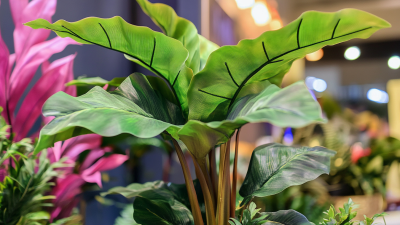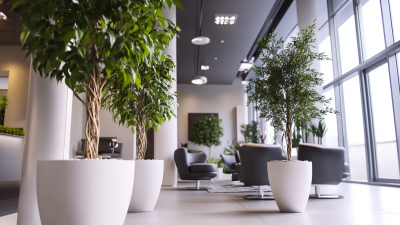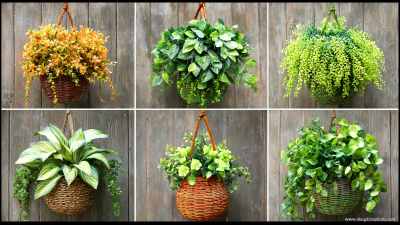
When it comes to enhancing the aesthetic appeal of our indoor and outdoor spaces, Artificial Plants for Hanging Baskets have become an increasingly popular choice among homeowners and interior designers alike. According to a recent report by the National Gardening Association, nearly 80% of households engage in some form of gardening, and a significant portion of that growth is attributed to the incorporation of artificial flora, which offers the beauty of nature without the maintenance demands of live plants. These stunning faux arrangements not only provide year-round greenery but also contribute to a more sustainable lifestyle by reducing water usage and minimizing waste. As the market for artificial plants continues to expand, understanding how to select the most suitable options for your hanging baskets becomes crucial. This guide will explore key factors to consider, ensuring that your space is both vibrant and effortlessly stylish.
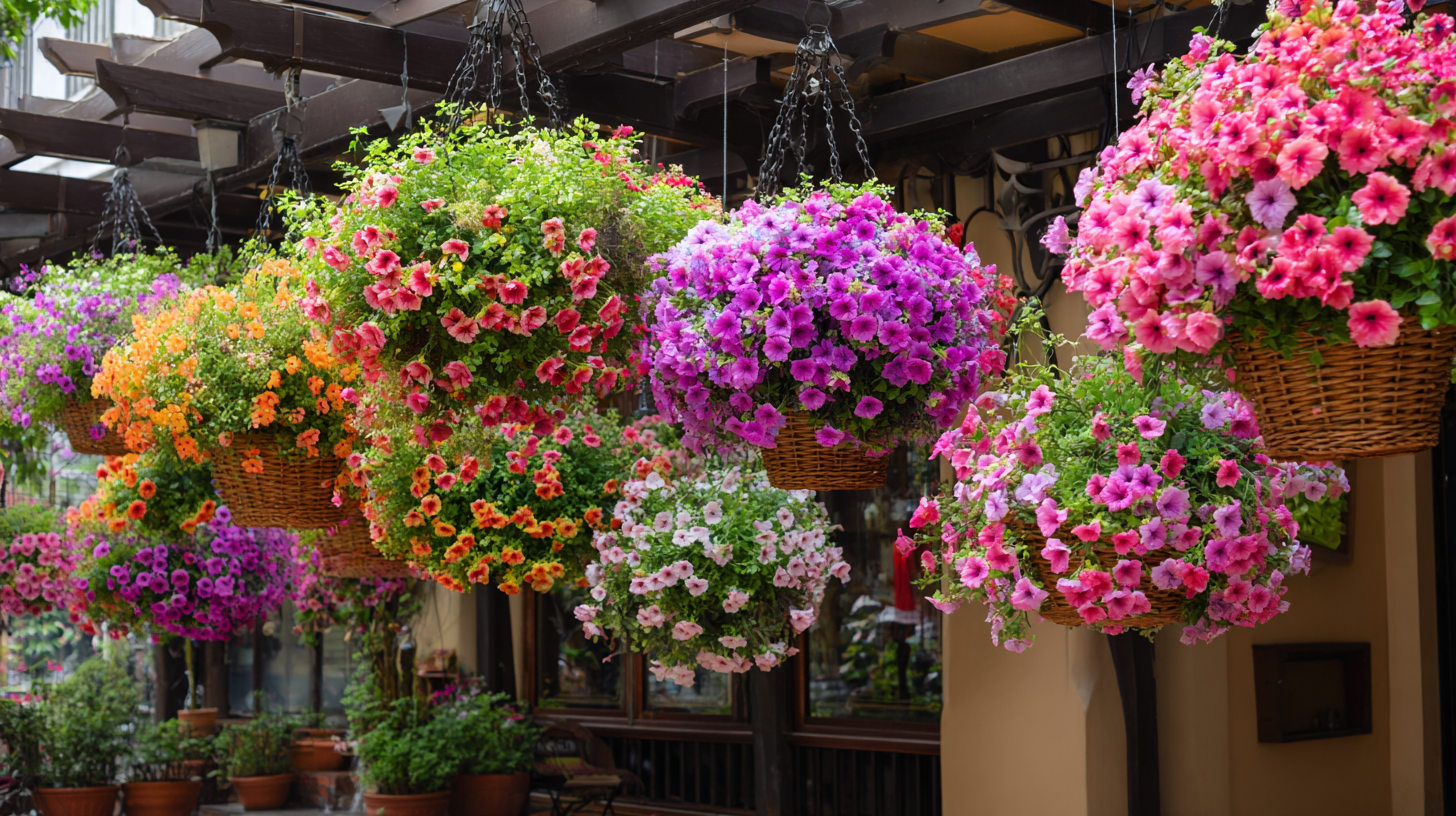
When selecting the right type of artificial plants for hanging baskets, it’s essential to consider both aesthetics and functionality. Start by evaluating the size and shape of your baskets. Smaller baskets can be adorned with delicate, trailing plants like artificial ivy or ferns, while larger baskets may benefit from bold, vibrant flowers such as artificial geraniums or petunias. The choice of plant type should complement your space, enhancing the overall decor while adding a touch of greenery without the maintenance that real plants require.
Color and texture play a crucial role in creating visually appealing arrangements. Opt for a variety of shades to add depth, and incorporate plants with different leaf shapes and sizes for contrast. Faux succulents can bring a modern vibe, while classic blooms lend a more traditional feel. Moreover, consider the environmental conditions where the baskets will be placed. For covered patios or areas with less sunlight, opt for plants that mimic those found in shaded gardens, ensuring your hanging displays always look vibrant and inviting.
When choosing artificial plants for your hanging baskets, understanding size and proportion is crucial to creating a visually appealing arrangement. The rule of thumb is to select plants that complement the space they inhabit while ensuring they don't overwhelm it. According to industry studies, the height of hanging plants should generally be about one-third of the overall height of your wall or area they occupy. This helps maintain balance and aesthetic harmony.
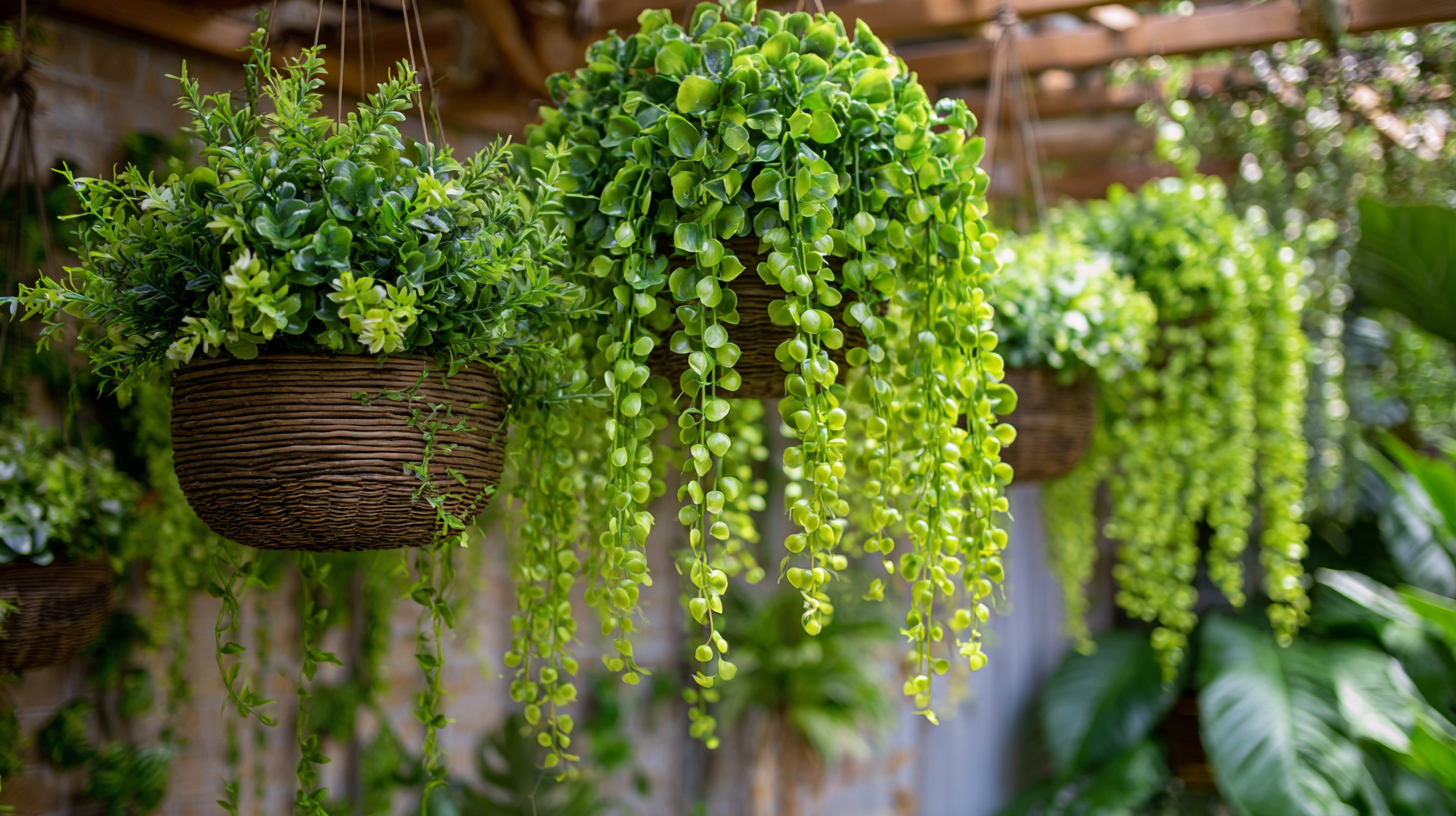
Tips: Consider varying the sizes of your artificial plants to create depth. Using a combination of trailing and upright varieties can provide a dynamic visual flow that enhances your space. Additionally, when determining the ideal size for your hanging baskets, aim for a width that is at least two-thirds of the width of the hanging space to achieve a cohesive look, as supported by design specialists.
It's also essential to think about how the colors and textures of the plants will play off each other and the surrounding decor. For instance, incorporating natural-looking hues and varied leaf shapes can add intrigue, making your hanging baskets a focal point similar to a well-arranged gallery wall. By paying attention to size and proportion, you can ensure your artificial plants enhance your hanging spaces beautifully.
When selecting artificial plants for hanging baskets, the choice of materials is crucial for ensuring both durability and realism. According to a report by the American Society of Landscape Architects, high-quality synthetic materials such as UV-resistant polyethylene and polyvinyl chloride (PVC) not only withstand outdoor elements but also maintain their color and texture over time, mimicking the authentic look of real plants. These materials are engineered to resist fading from sunlight, making them ideal for bright, outdoor spaces where natural light may cause wear and tear on lesser-quality products.
Additionally, the use of advanced technology in the production of artificial plants has led to the development of lifelike textures and finishes. Studies by the International Association of Horticultural Producers indicate that realistic detailing, such as varied leaf shapes and subtle color gradations, can enhance the visual appeal of artificial plants. When choosing plants for hanging baskets, look for those crafted with a combination of silk, polyester, or plastic that emulates the delicate characteristics of live foliage, providing a convincing alternative without the maintenance of real plants.
| Plant Type | Material | Durability | Realism Level | Ideal for Hanging Baskets |
|---|---|---|---|---|
| Ferns | Polyethylene | High | Very High | Yes |
| Petunias | Silk | Medium | High | Yes |
| Succulents | Plastic | High | Medium | Yes |
| Geraniums | PVC | High | High | Yes |
| Ivy | Polyester | Medium | Very High | Yes |
When selecting artificial plants for your hanging baskets, color schemes play a crucial role in complementing your home decor. The right hues can transform your space, creating harmony and enhancing the overall aesthetic. Start by assessing the existing color palette of your room. If your decor features neutral tones, consider vibrant artificial plants like rich greens and florals in bold colors to create a striking contrast. Conversely, if your home is already abundant in color, softer pastels or monochromatic greens may be more suitable, ensuring that your hanging baskets accentuate rather than overwhelm.
It’s also important to think about seasonal variations. For a fresh spring look, choose pastel shades or soft whites that reflect the season’s lightness. In contrast, deep jewel tones or earthy shades can evoke a cozy autumn feel. Incorporating varied textures, such as the smooth leaves of artificial succulents paired with the delicate petals of faux flowers, can add depth to your hanging displays, making them visually appealing and well-suited to your decor style.
When it comes to maintaining artificial plants in hanging baskets, proper care can significantly enhance their longevity and appearance. A recent report from the National Association of Landscape Professionals highlights that well-maintained artificial plants can last up to five years or more, making routine cleaning vital. Regular dusting with a soft cloth or a gentle blast of compressed air can prevent dirt buildup and keep colors vibrant. Additionally, using a damp cloth with mild soap helps remove stubborn stains without damaging the materials.
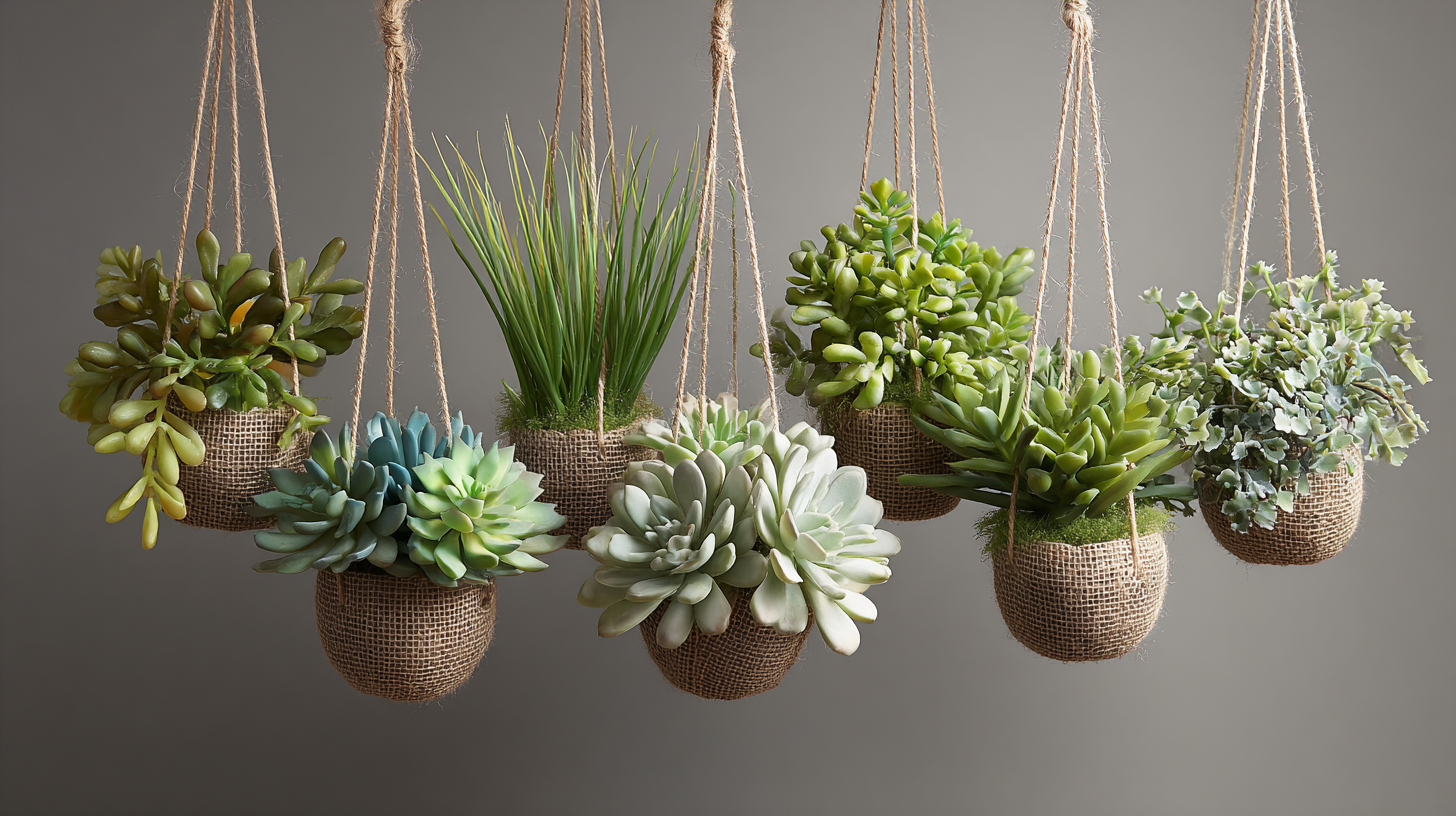
Humidity can also play a crucial role in the maintenance of artificial foliage. Research has shown that synthetic materials can degrade faster in high-humidity environments if not cared for correctly. To counteract this, consider placing artificial plants in areas with controlled humidity levels, and avoid direct sunlight exposure, which can cause fading. Investing in UV-resistant artificial plants can also extend their lifespan, as these materials are designed to withstand outdoor elements effectively. By following these simple maintenance tips, you can ensure that your hanging baskets remain a stunning focal point without the constant upkeep associated with live plants.

